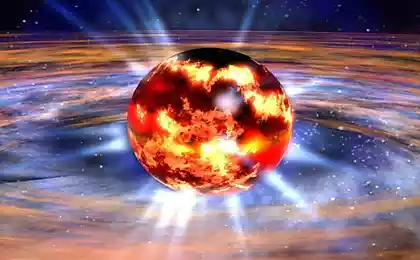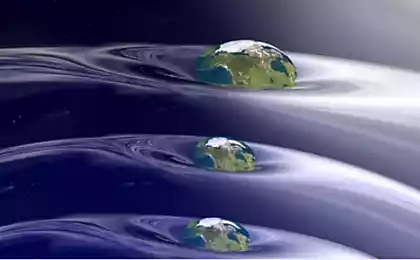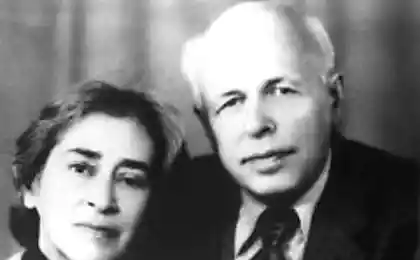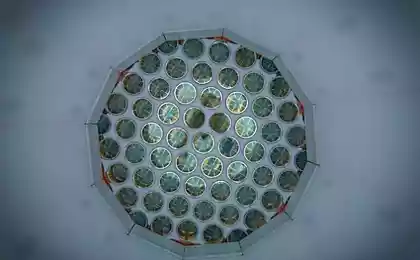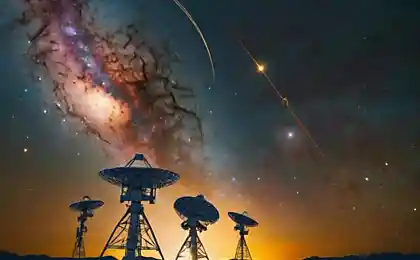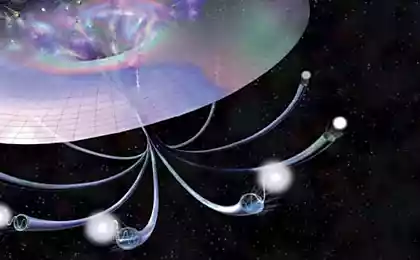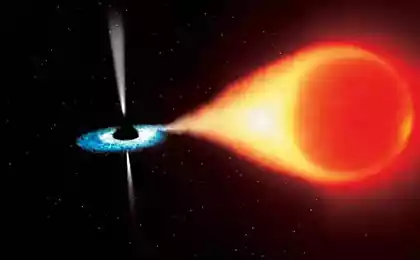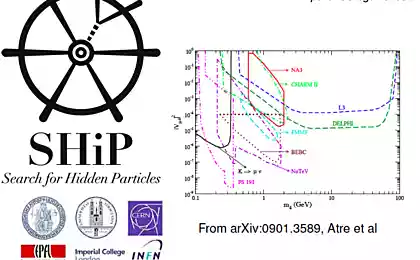653
In our Universe slowly disappears

What if the time part of the equation the space-time continuum to literally eliminate? One recent study may suggests that time is slowly disappearing from our Universe and one day will evaporate completely. New radical theory may explain a cosmological mystery that fooling scientists for many years.
Previously, scientists measured the light of distant exploding stars to show that the universe is expanding, and the pace of this expansion is growing. Scientists have suggested that these supernovae fly apart faster than the universe is aging. Physicists have also concluded that a kind of antigravity force must breed the galaxy in hand, and began to call this unknown force "dark energy."
The idea that time itself can disappear over billions of years — and everything will stop — was proposed in 2009 by professors Jose Senovilla, Marc Mars and Raul Vera from the University of the Basque Country in Bilbao and the University of Salamanca in Spain. The consequence of this drastic movement of time itself to an end is an alternative explanation for "dark energy" — the mysterious antigravitational force that has been proposed to explain some cosmic phenomena.
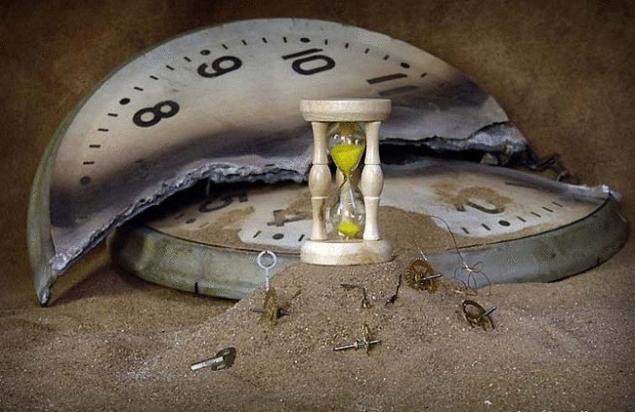
However, to this day no one knows what dark energy really is and where it comes from. Professor Senovilla and his colleagues offered an incredible alternative. Scientists have proposed to exclude such a thing as dark energy at all and again to reconsider our views. According to Senovilla, we deceive ourselves into thinking that the universe is expanding, when in fact that time slows down. On a daily level, this slowdown is imperceptible. But if you track the course of the Universe over billions of years, cosmic scale, everything will become obvious. This change will be infinitely slow, from a human point of view, but from the point of view of cosmology, which study the light of ancient suns that shone billions of years ago, it can be easily measured.
The proposal of a group of scientists published in the journal Physical Review D, eliminates dark energy as fiction. Instead, Senovilla explains the appearance of acceleration gradual slowing of time itself.
"We are not saying that the expansion of the Universe is itself an illusion, explains the physicist. — We believe that an illusion can be the acceleration of this expansion is, in turn, does not negate the existence of extensions that [for us] is stepping up your pace".
If time gradually slows "but we naively continue to use his equations to determine changes in the rate of expansion relative to the normal flow of time, the simple model demonstrated in our work shows an efficient acceleration of expansion."
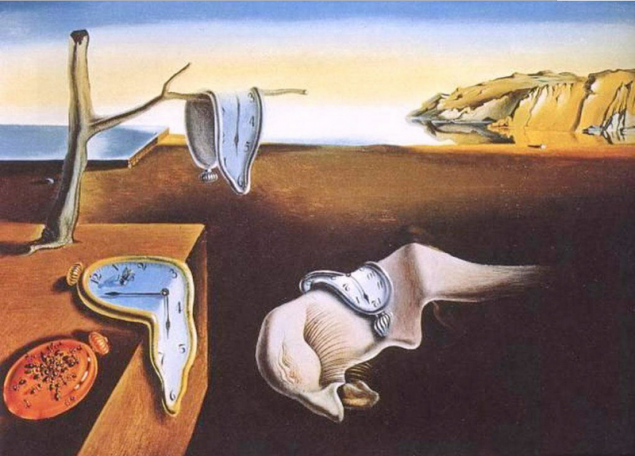
Currently, astronomers can determine the expansion rate of the Universe using a method called "red shift". The basis of this technique is the understanding that stars moving away from us, are redder than those that are moving in our direction. Scientists are looking for supernovae of a certain kind, which have become a benchmark in this regard. However, the accuracy of these measurements implies the invariance of time throughout the Universe. If time slows down, according to the new theory, our alone time dimension is slowly turning into a new spatial dimension. Thus, the ancient stars, who are followed by cosmologists from our perspective, seem to be accelerating.
"Our calculations show that we can think that the expansion of the universe is accelerating," says Sanlaville. The theory is one of the variants of superstring theory, according to which our universe is limited to the surface of the membrane, or brane floating in a multidimensional space. After billions of years time all will cease to be.
"Then everything will freeze, like a snapshot of one moment forever. Our planet by that time it will not."
Despite its radical and unprecedented, these ideas are not left without support. Gary Gibbons, a cosmologist the University of Cambridge, says that this concept has its advantages. "We believe that time emerged during the process of the Big Bang and if time can emerge, it may disappear — this is just the reverse effect."
Is there a time?

In 2011, scientists from the research center, BUENAVISTA Golf course in Ptuj, Slovenia, theorized that the Newtonian idea of time as the absolute magnitude of the current itself, as well as the assumption that time is the fourth dimension of space-time is incorrect. They proposed to replace these concepts of time are more relevant to our physical world: time as quantitative procedures.
In two papers published in Physics Essays, Amrit, sorli, David Fiscaletti and Duchamp, Kline attempted to explain what we mean by time, in fact, is an absolute physical quantity that plays the role of the independent variable (time, t, is often the X axis in the coordinate system showing the evolution of the physical system). But, as they note, we never measure t. We measure the frequency and speed of the object. Time is a purely mathematical value and does not exist physically.
This view does not imply that time does not exist, and that the time has more to do with space than with the idea of absolute time. Thus, although the four-dimensional space-time, as often assume, consists of three dimensions of space and one dimension of time, the opinion of scientists suggests that it would be more correct to imagine spacetime as four dimensions of space. In other words, the universe is "timeless".
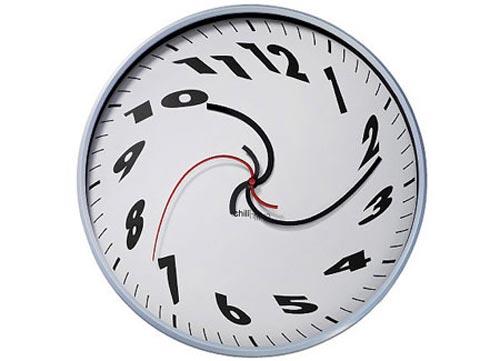
"Minkowski space is not three dimensions plus time, and four dimensions, wrote the scientists. Point of view, according to which time is represented by the physical entity in which material changes occur is replaced by a more convenient point of view in which time is just a numerical order of material change. This view corresponds better to the physical world and better explains the immediate physical phenomena: gravity, electrostatic interaction, information transfer in the experiment, EPR and others."
"The idea that time is a fourth dimension of space did not bring much progress in physics and is in contradiction with the formalism of the special theory of relativity. Now we develop the formalism three dimensional quantum space based on Planck work. It seems that the universe is three-dimensional on the macro - and microlevels in Planck volumes. In this three-dimensional space there is no "contraction", not "time dilation". And there is the velocity of the material changes, which is 'relative' in the Einstein sense."
The researchers cite an example of this concept of time, representing a photon, which moves between two points in space. The space between them consists entirely of Planck lengths, that is, from the smallest distances, which can overcome the photon in time. When the photon moves a Planck length, it is described as moving exclusively in space and not in absolute time. The photon can be considered as moving from point 1 to point 2 and its position at point 1 is the "before" position of point 2, in the literal sense, because the digit 1 comes before the digit 2 in a numeric range. Numerical order is not equivalent to temporal order, i.e. number 1 at the time did not exist before the number 2, only numerical.
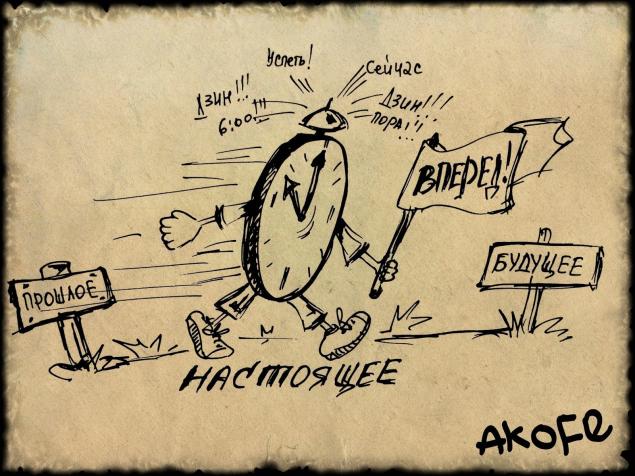
Without using time as a fourth dimension of space-time, the physical world could be described more accurately. As noted by physicist Enrico Prati in a recent study of Hamiltonian dynamics (equations in classical mechanics) is extremely well defined without the concept of absolute time.
Other scientists have noted that the mathematical model of space-time does not correspond to physical reality, and suggested the use of the timeless "state space", which would provide a more accurate framework. The scientists also mentioned the falsifiability of the two notions of time. For example, the concept of time as a fourth dimension of space as a fundamental physical capacity, in which the experiment can be falsified by experiment in which time does not exist.
"The theory of absolute time of Newton not falsifiable; you can't prove it or disprove it, you must believe her, says Carli. The theory of time as a fourth dimension of space is falsifiable, and his latest work we have shown that the likelihood of such adulteration is very high. Experimental data show that time is what we measure in hours. A clock we measure numerical order of material change i.e. motion in space".
Achilles and the tortoise

In addition to providing more accurate descriptions of the nature of physical reality, the concept of time as quantitative procedures can resolve the paradox of Zeno's "Achilles and the tortoise". In this paradox Achilles is trying to catch up with the tortoise in the running race. But even though Achilles can run 10 times faster than the tortoise, he will never overtake the tortoise because whenever Achilles runs a certain distance, the tortoise goes one-tenth this distance. Thus, whenever Achilles reached the point where turtle was, it will still be slightly ahead. Although the conclusion that Achilles can never overtake the tortoise, obviously false, there are many other explanations of this paradox.
The paradox can be solved if you override the speed, so the speed of both runners will be determined by the numerical order of their movements, not displacement and direction in time. From this perspective, Achilles and the turtle will only move through space, and Achilles will certainly overtake the rival in the space, although not in absolute time.
Some recent studies have called into question the theory that the brain represents time as an internal "clock" that emits neural ticks, and suggested that the brain represents time in the form of spatial distribution, by registering the activation of different neural assemblies. Although we perceive events as occurring in past, present or future, these concepts may just be part of a psychological framework within which we experience material changes in space.
In any case, if this theory and can be considered mathematically (in the form of a solution to the problem of time's arrow), there is still one question unanswered: what is time?
Source: hi-news.ru




